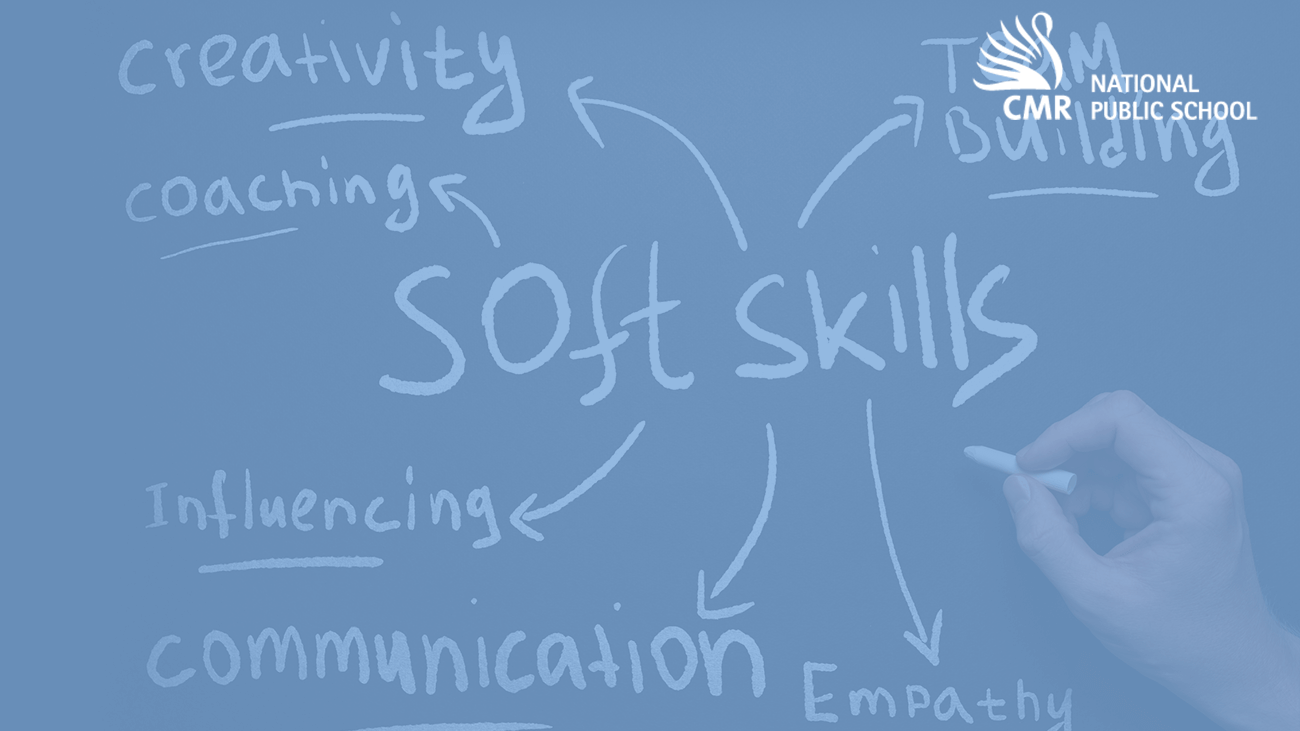Are Exercises Important in Early Years?
Simple activities that are done daily in the course of life in order to establish, restore and maintain conditions with regard to living and nonliving things are called activities of practical life. These activities are utilitarian and conservative these activities can be classified into three groups.
- Environment: The adults do these activities in order to take care of their environmental surroundings. Eg: dusting, sweeping.
- Taking care of one’s own self: activities that are done in order to take care of self. Eg: brushing the teeth, eating, dressing.
- Social relationships: These activities are performed in order to maintain social relationships with people for the society Eg: greeting, offering.
Children are attracted towards these activities because firstly, these are the activities that the child has seen his parents or any other adults performing in their environment but hadn’t had the opportunity to perform on his or her own. Secondly, the exercises of practical life are simple, clear and with concrete purpose, the step-by-step procedures involved are easily understood by the children.
Criteria that we need to consider to prepare the tools of exercises of practical life are as follows
- Physical proportionate: The child should be able to handle the material physically. the capacity of the child is considered why making the weight and length of the material.

- Psychical proportionate: This refers to the intelligence of the child; the materials must read the purpose of the activity at the first glance itself so unnecessary designs and fanciness can be avoided.
- Adapted to local conditions: The materials that are used for these activities must be seen by the child in his or her environment that is at home used by the others so it should be familiar to the child.
- Attractiveness: The materials need to be attractive Dr. Maria Montessori calls them the silent voice of the materials they attract the children’s functional decorations attract the well of the child process of a material.
- Differentiation: To use different tools for different activities the child must be able to differentiate which material is used for that particular activity for example work is used for washing hands and cleaning the table activity. There must be some differentiation in the raw materials used.
- Colour coded: The materials belonging to one activity are always made with one colour so that it is easier for the child to use and put back, for example, table cleaning materials:- Bucket, soap, dish, brush & cloth can all be in the same colour.

The positive consequences of performing the exercises of practical life are as follows:-
- Emotional enrichment: Chooses the activity with his well get engrossed and completed successfully it leads to a sense of fulfillment.
- The dignity of labour: it helps the child to respect the work Eg: sleeping dusting.
- Awareness of one’s own needs and capabilities
- Develop a habit of judging his or her own work: as the child is given the freedom to work in his or her face the child repeats activities and develops a habit of judging once on work.
- Developed control over specific movements. Prehensile movements and a pincer movement

To conclude Exercises of practical Life activities are not only activities to gain and grow independence in taking care of one’s own self, environment, and social relationships but also gain coordination of movements and strengthen their will, intelligence, and voluntary movements.


